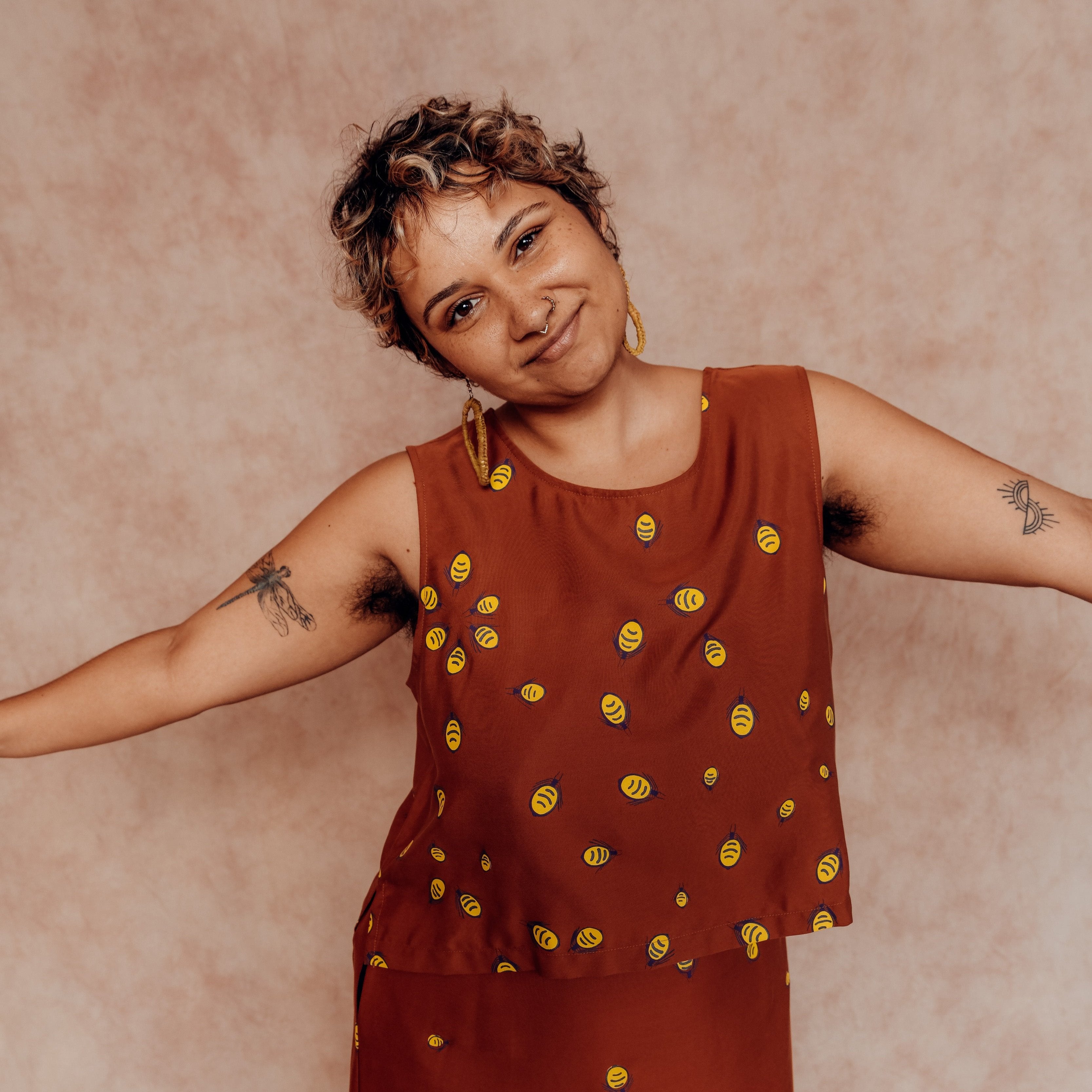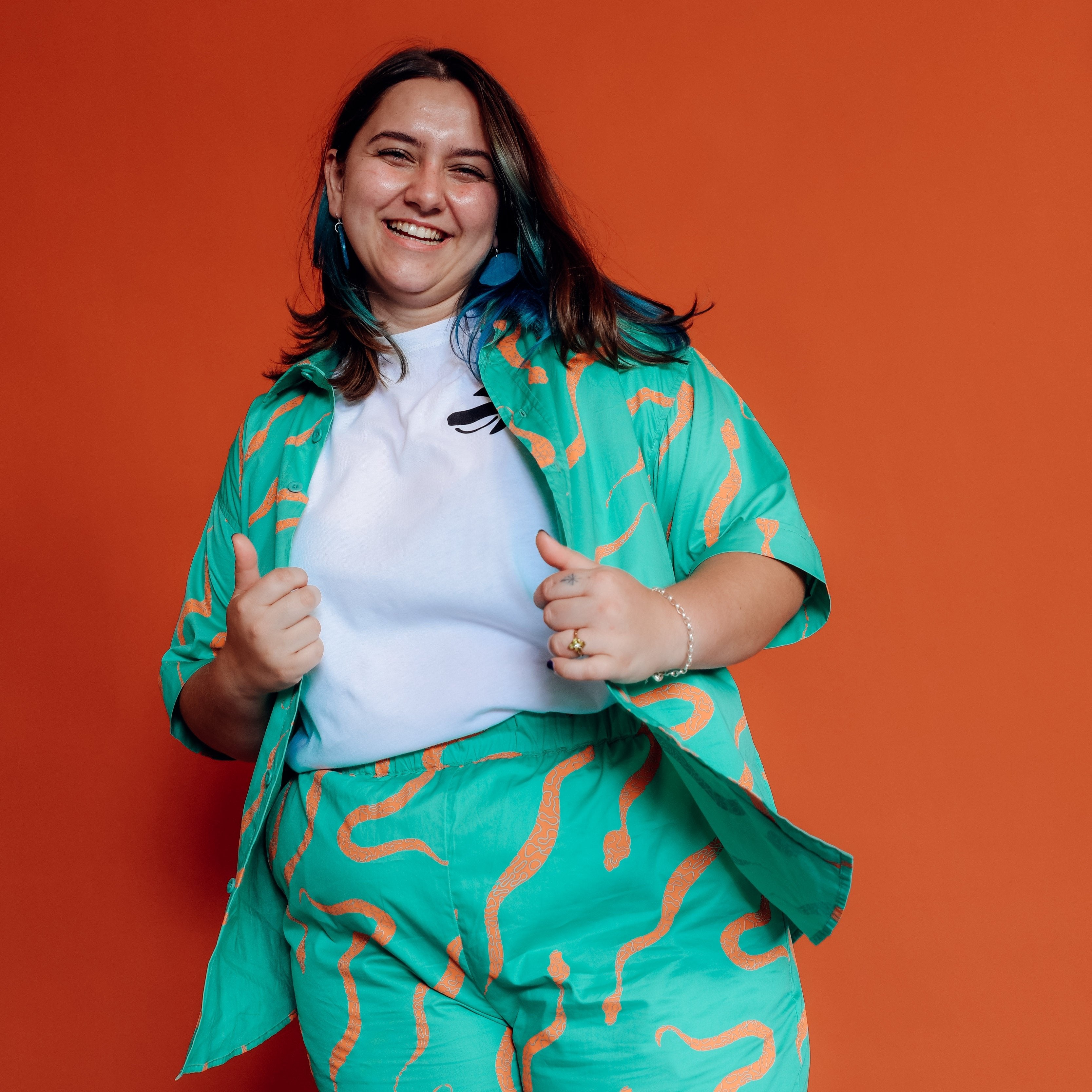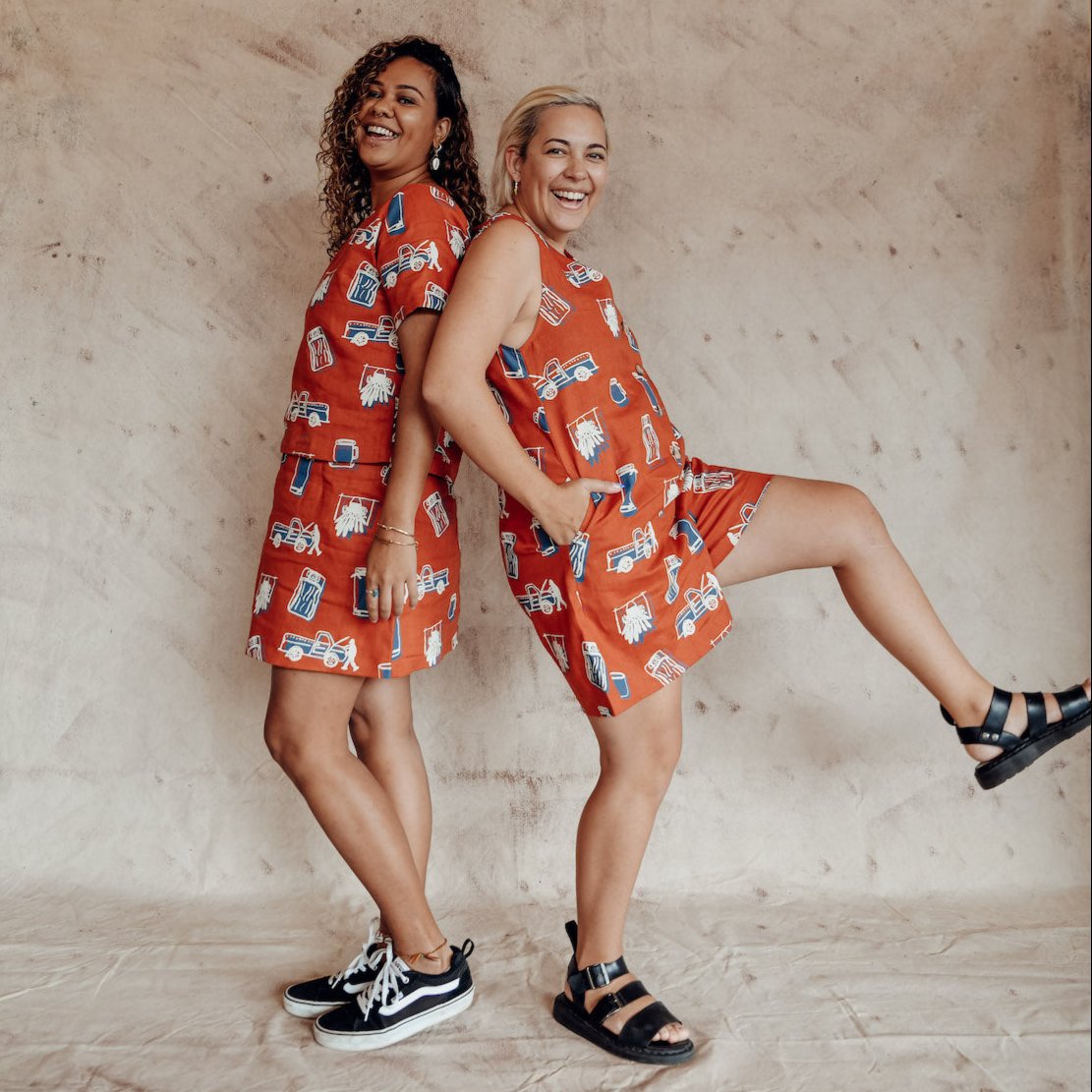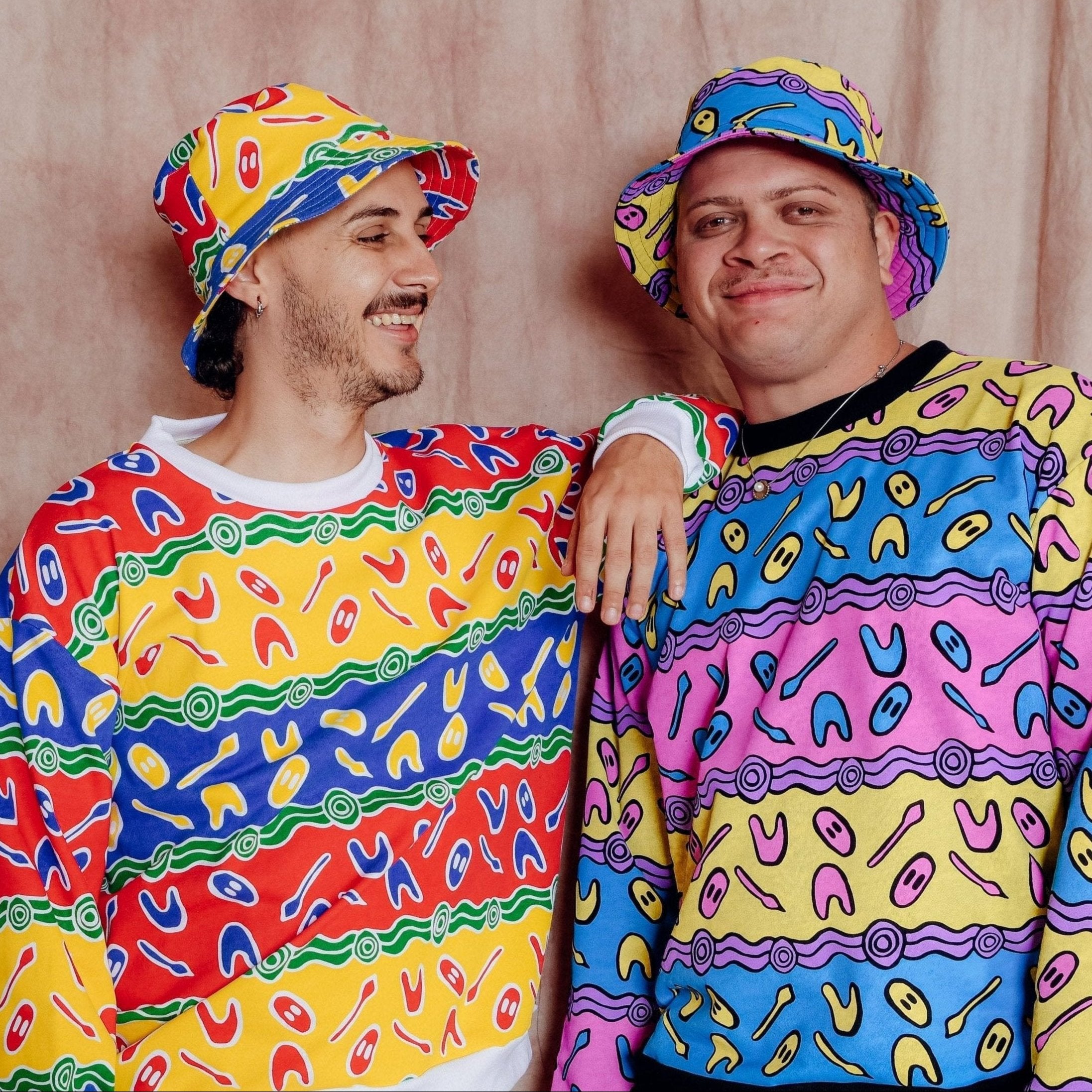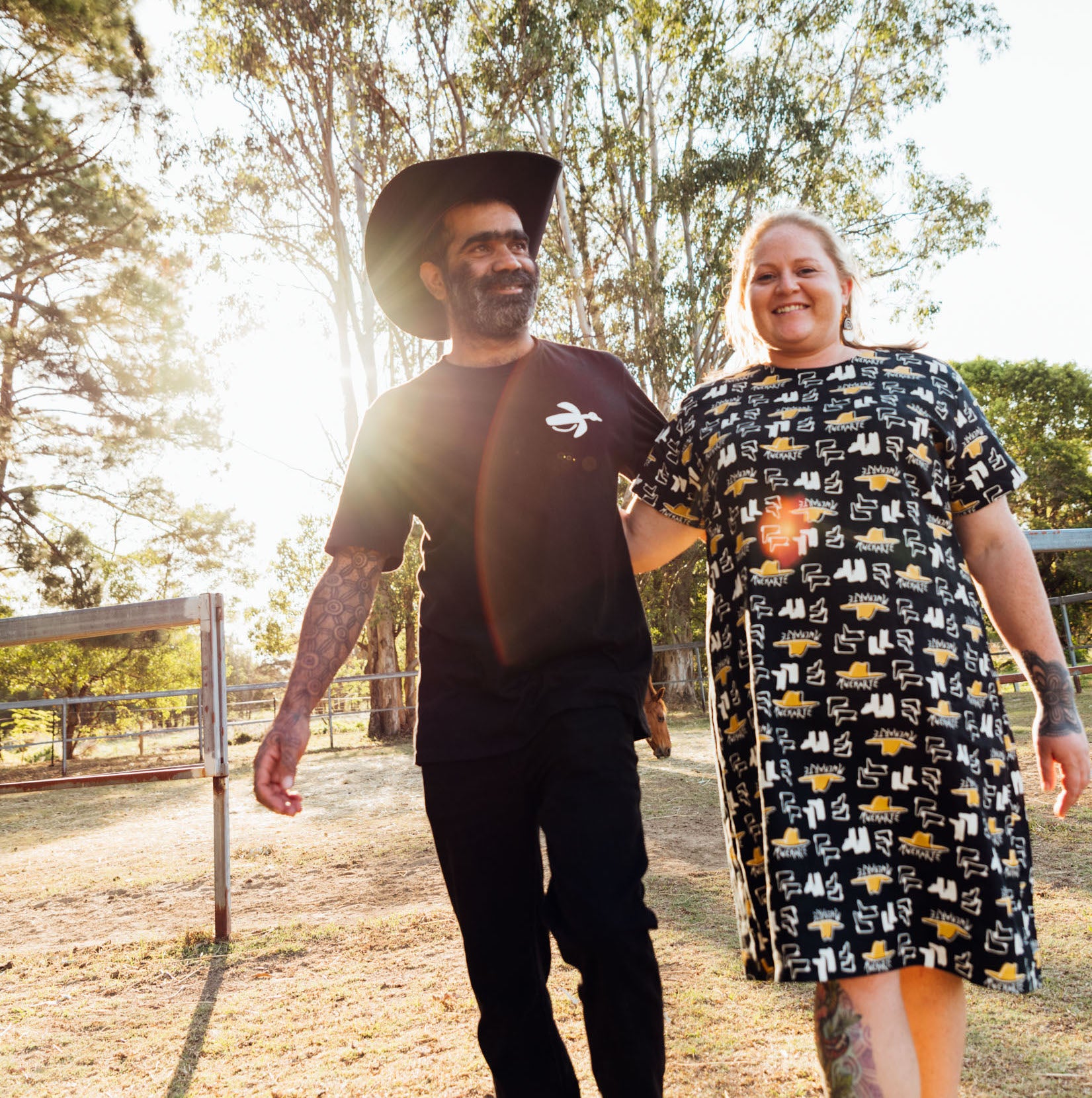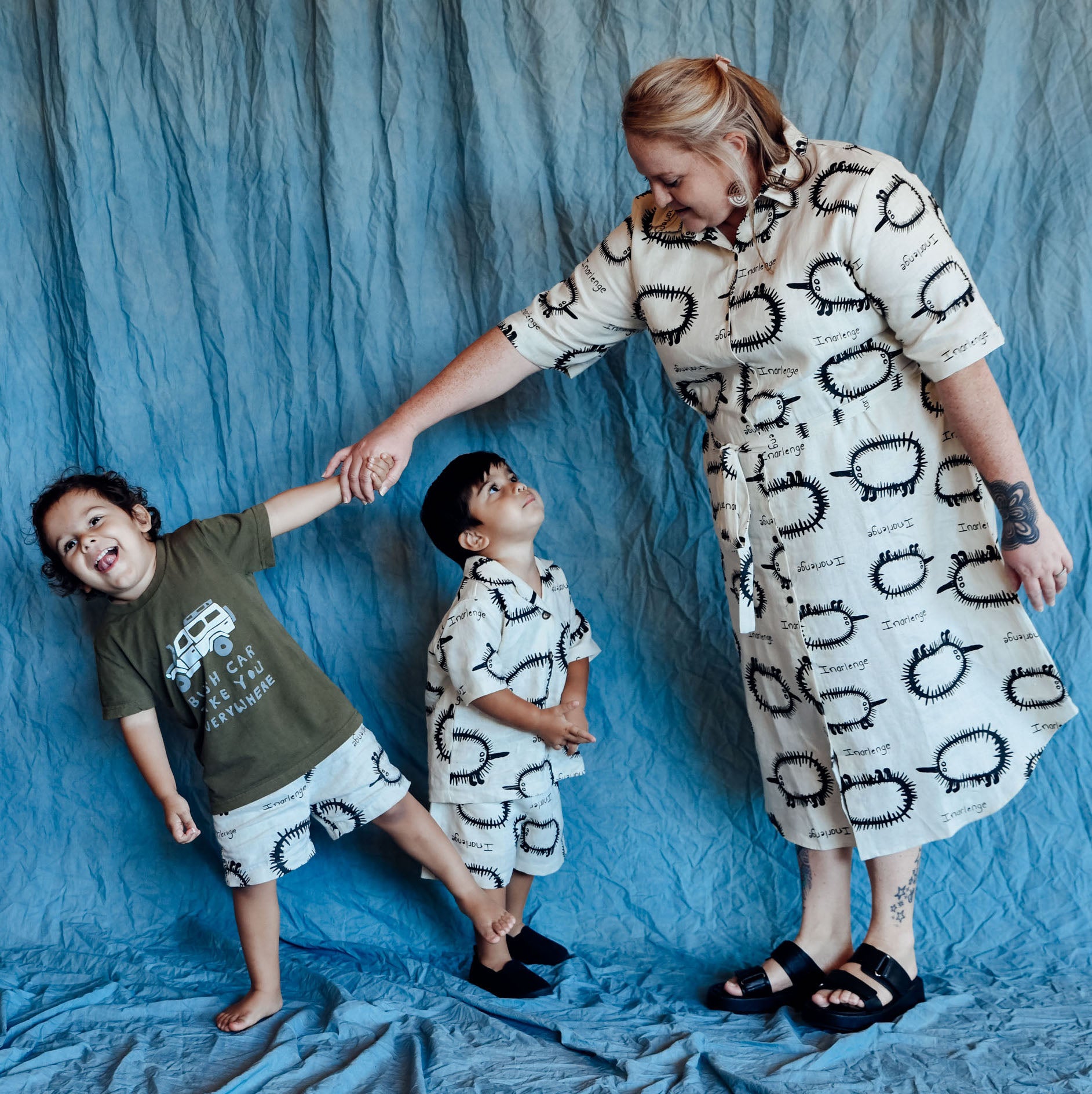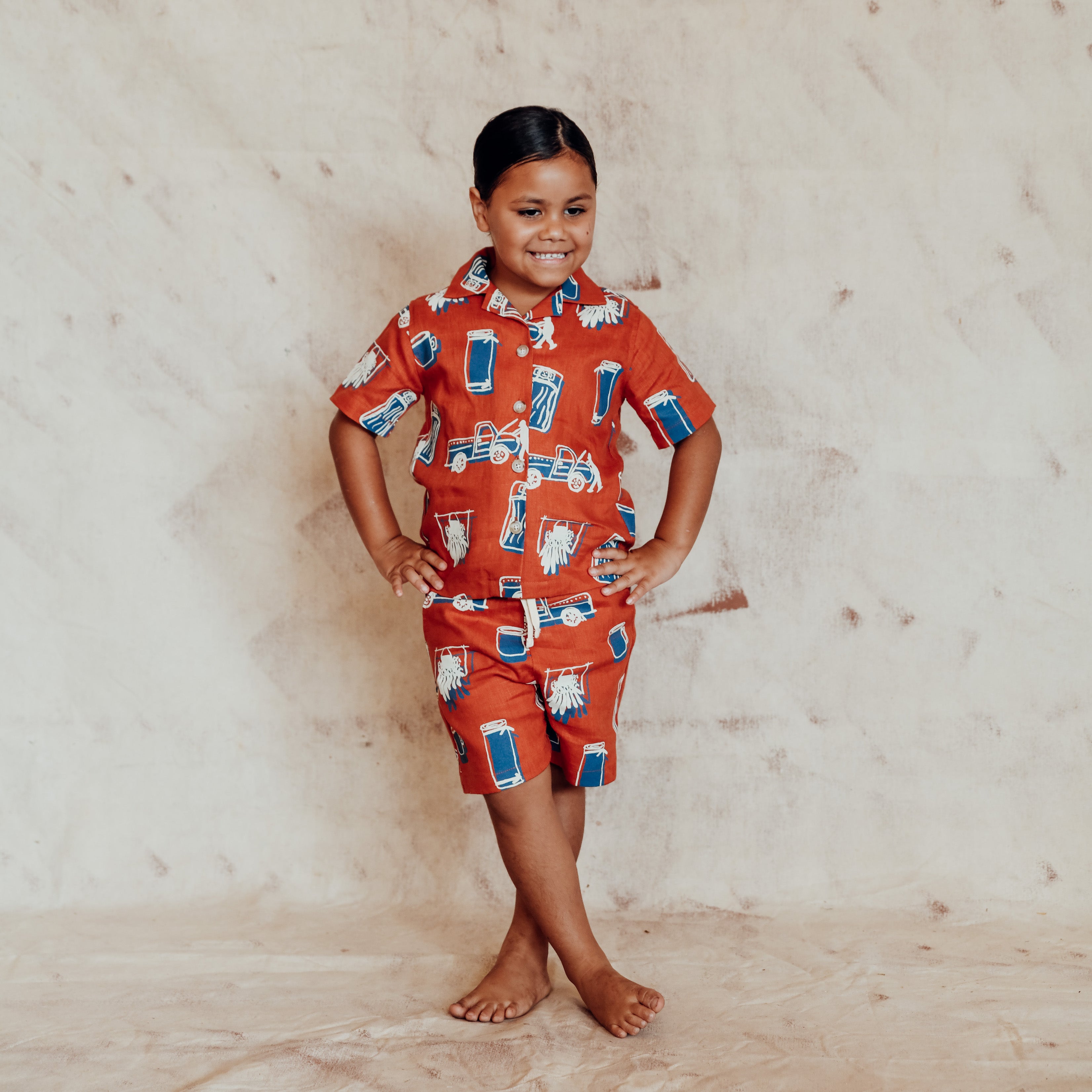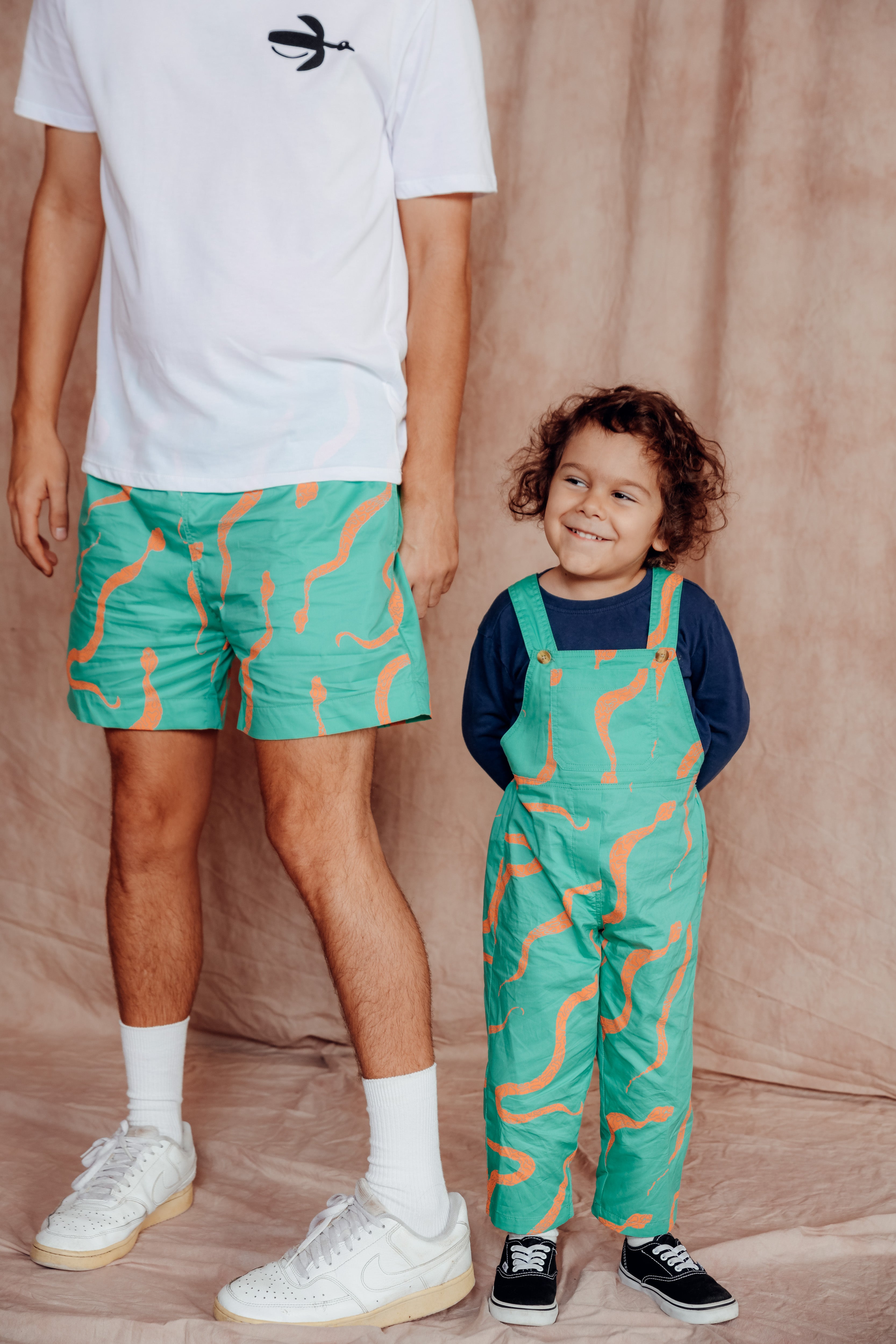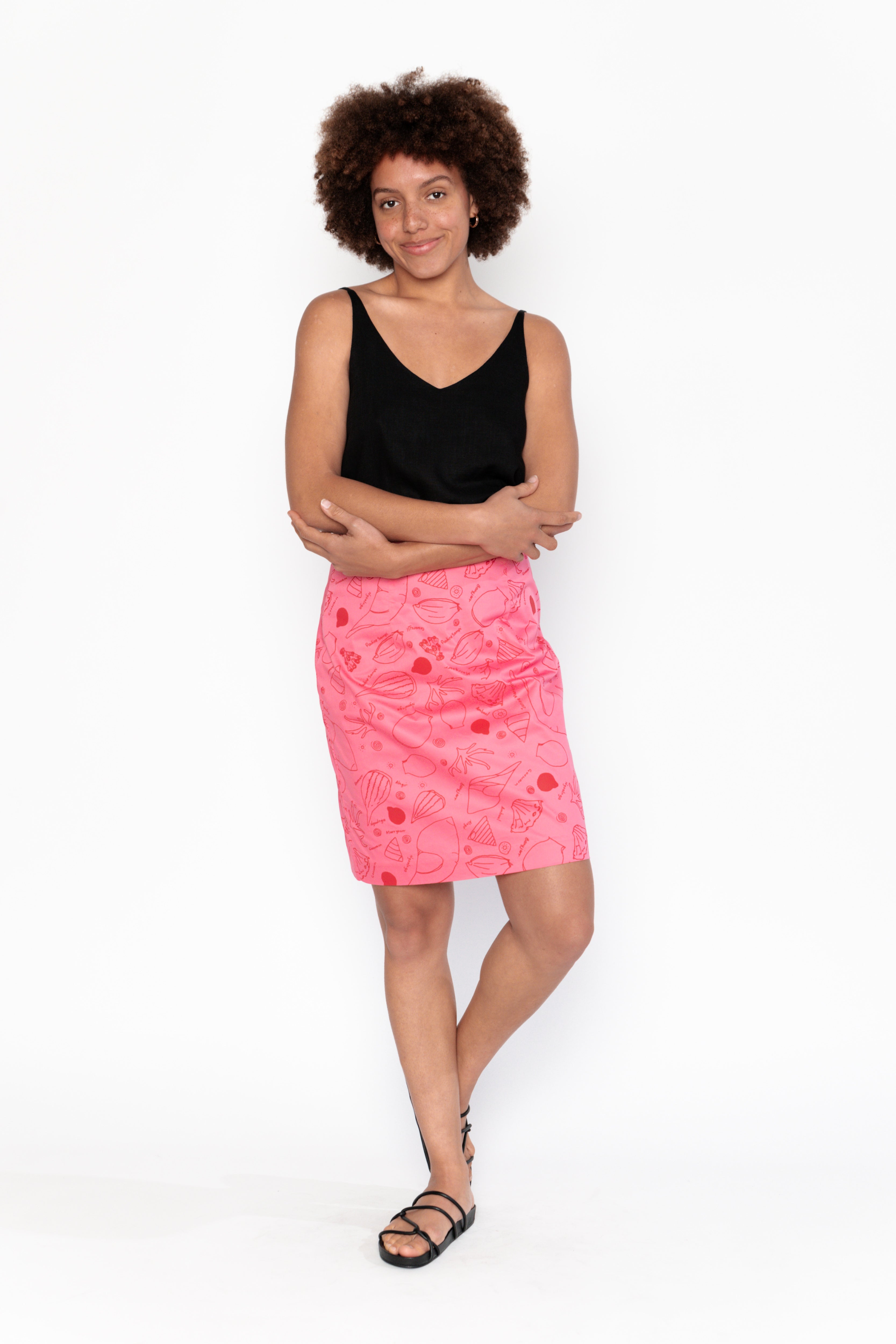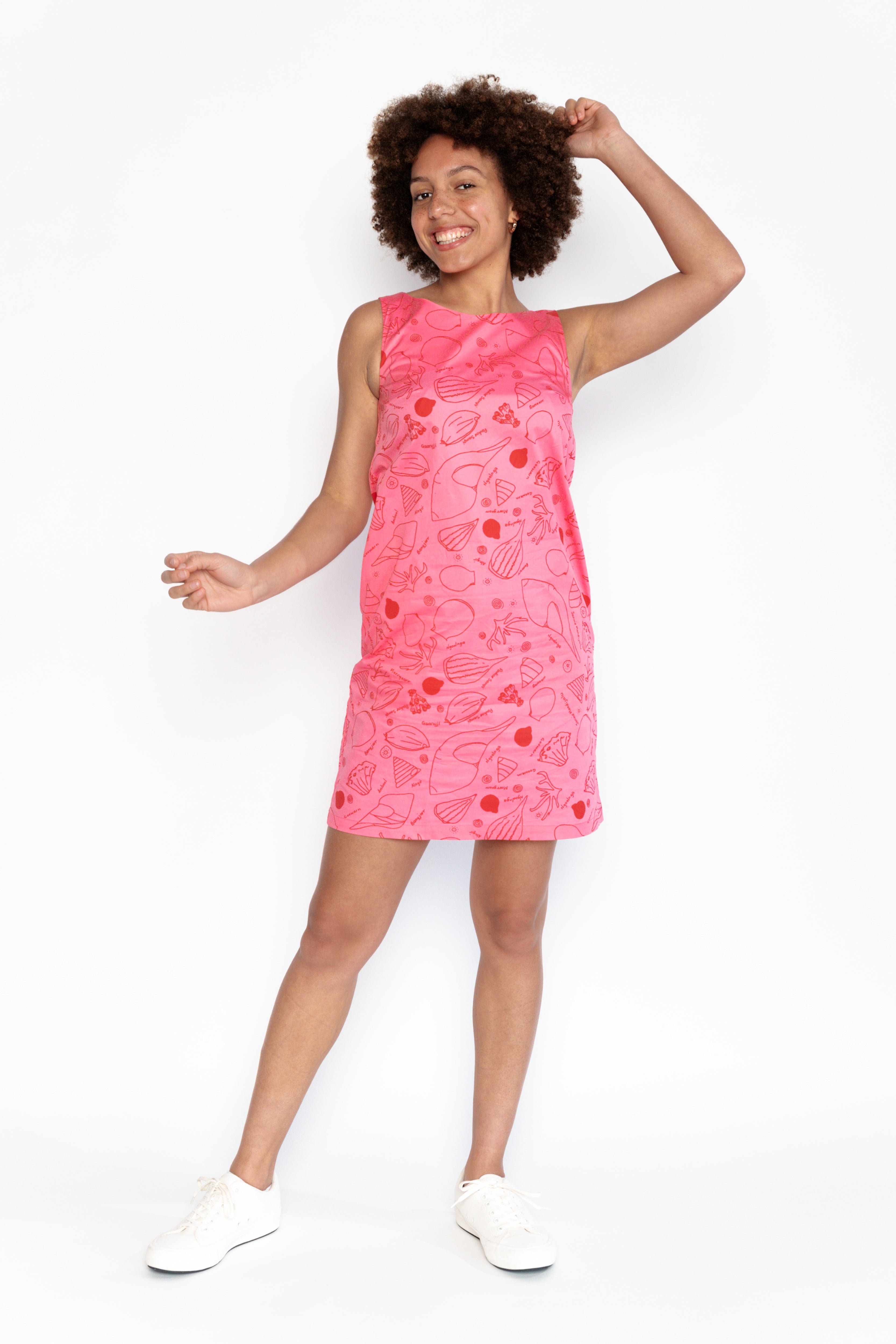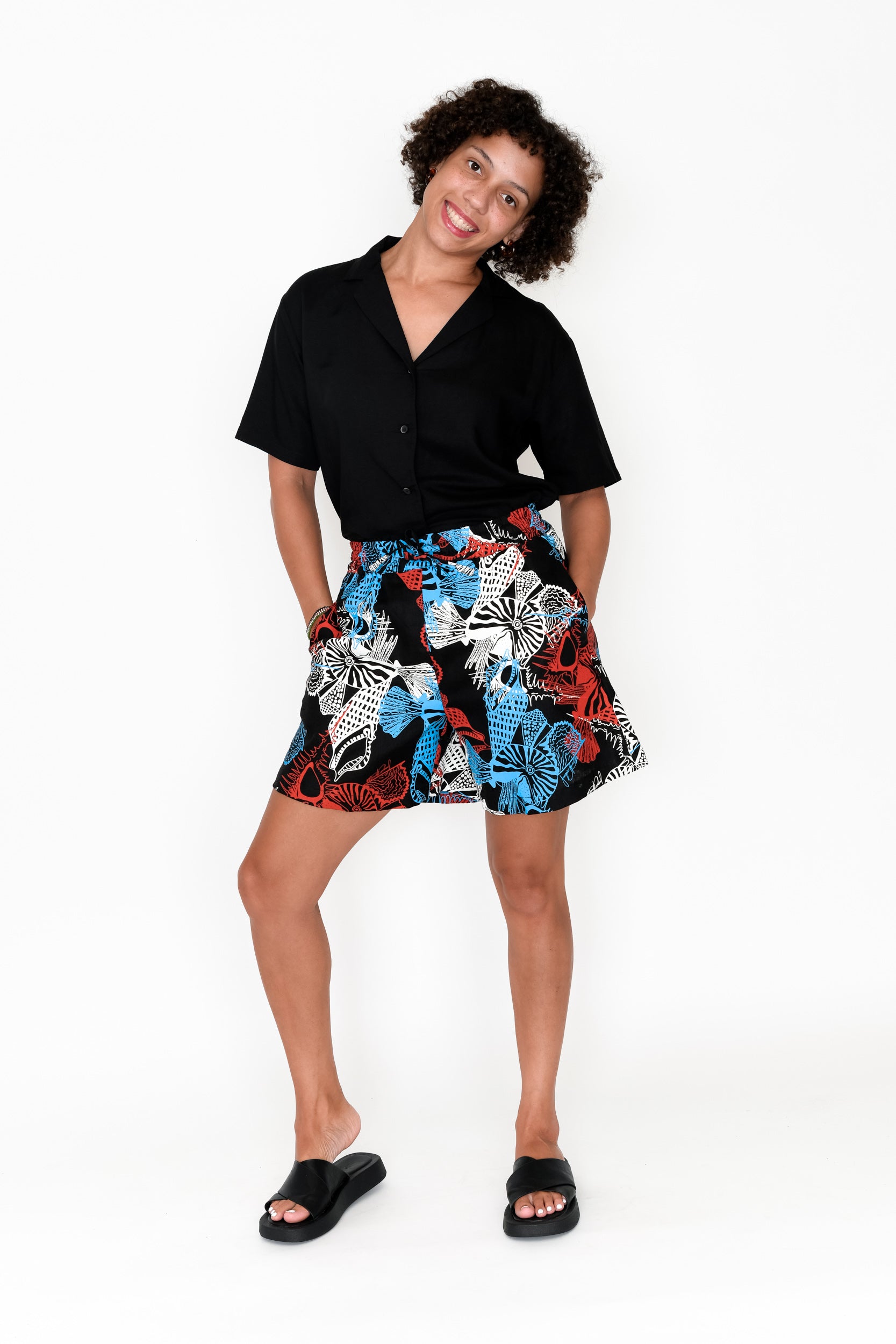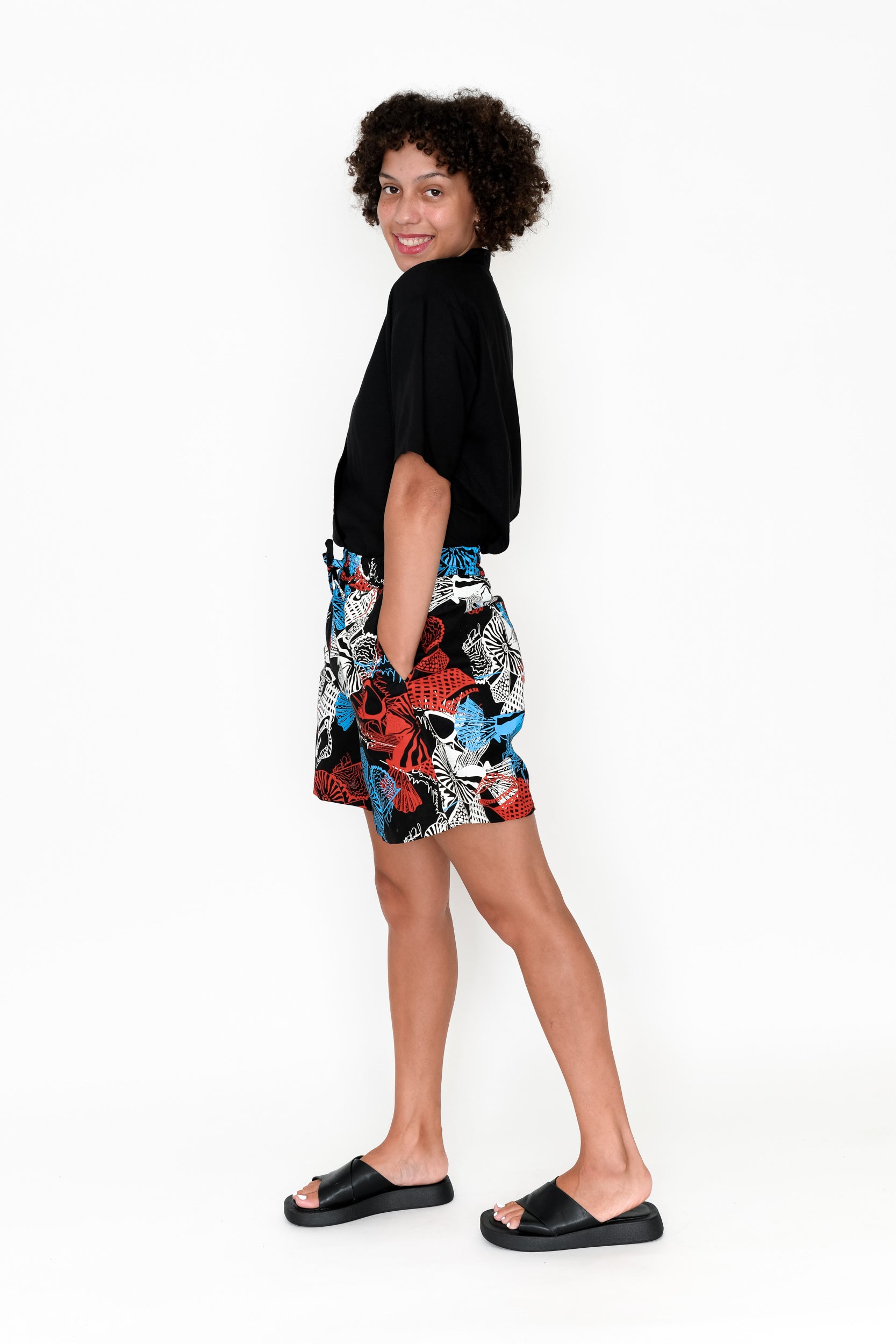Filters
Blog posts
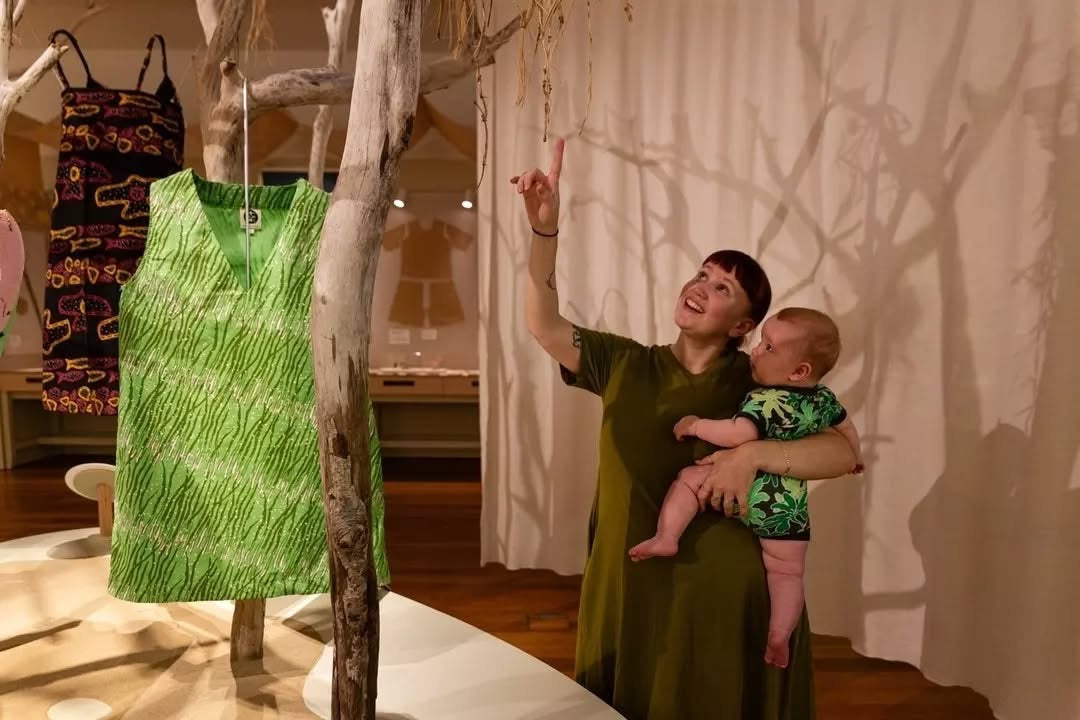
'Magpie Goose: Stories You Wear' exhibition has opened - And there are a lot of people to thank!
Reflections on the Opening of Magpie Goose: Stories You Wear and the many people we need to thank.
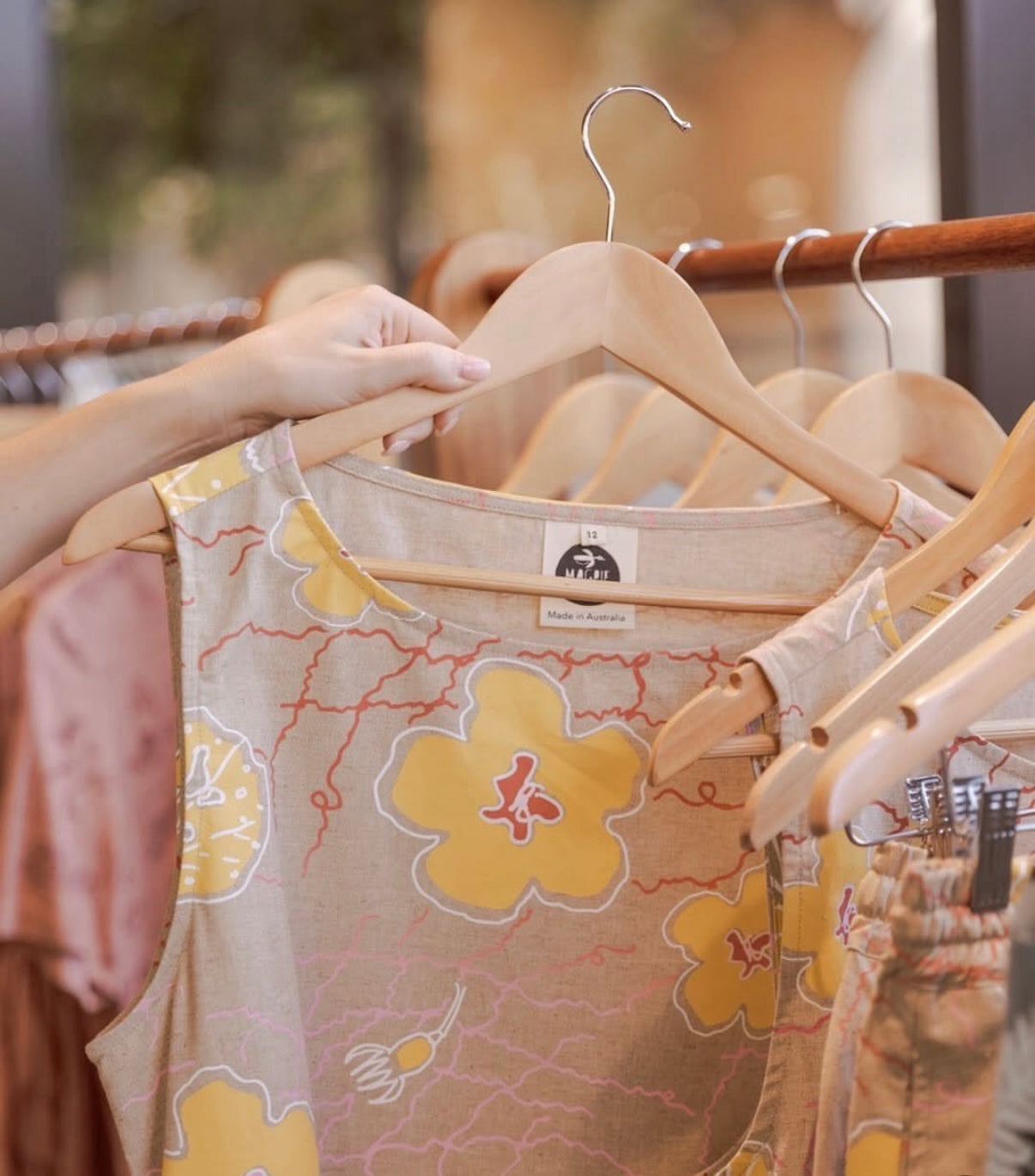
It's Black Friday Every Week: Because Our Prices Are Already Honest
You won’t see any flashing discounts or countdown clocks here, because at Magpie Goose, we have Black Friday every week. Our prices are already as fair and as low as we can make them. We work hard ...
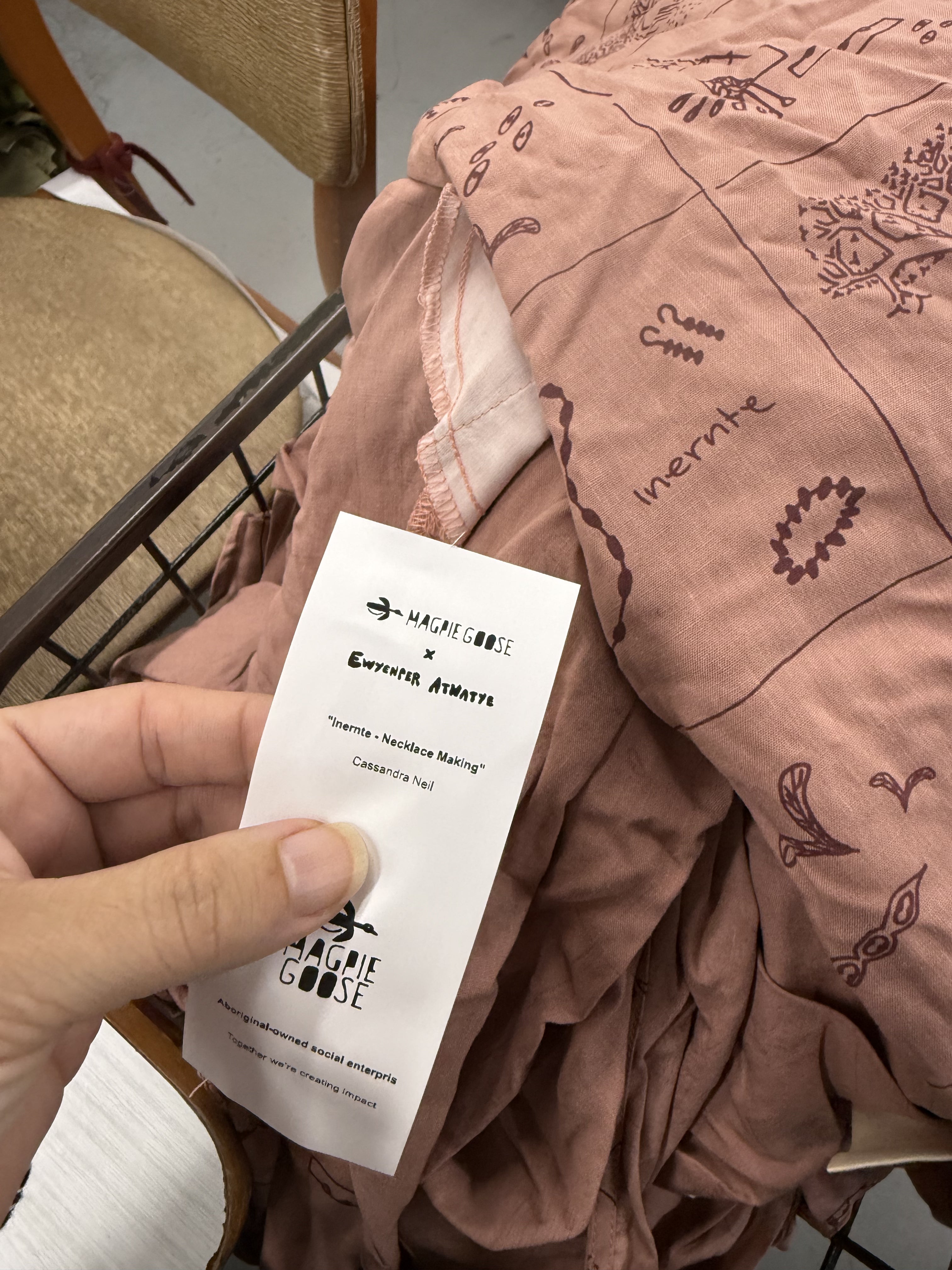
Acknowledging Artists on Every Garment
Every new Magpie Goose garment features the artist’s name and artwork title on its care label, honouring Aboriginal Cultural and Intellectual Property (ICIP) and celebrating the stories behind the ...
Magpie Goose acknowledges the Traditional Custodians of the land on which we live, work and trade. We acknowledge their ongoing connection and custodianship for Country.
We pay our deep respects to all Aboriginal and Torres Strait Islander people, particularly those who we work and collaborate with.
Always was, always will be.

